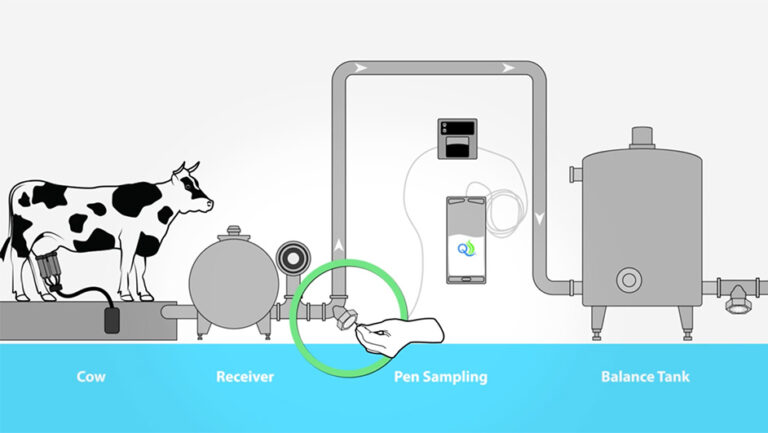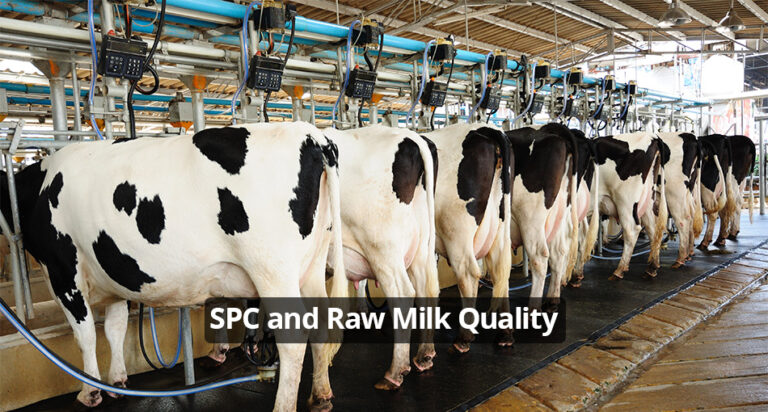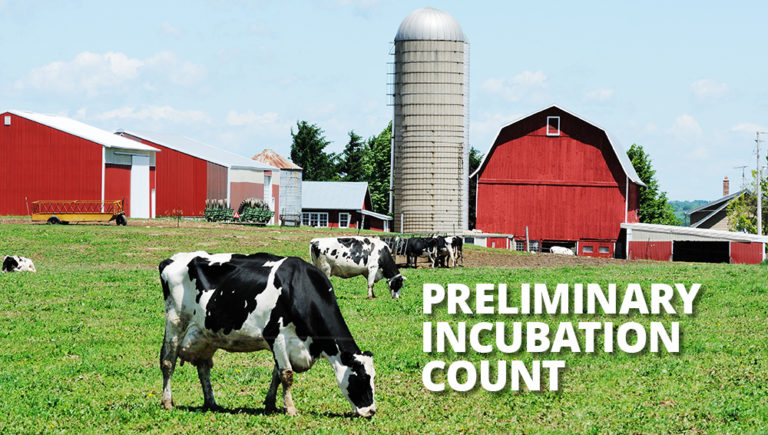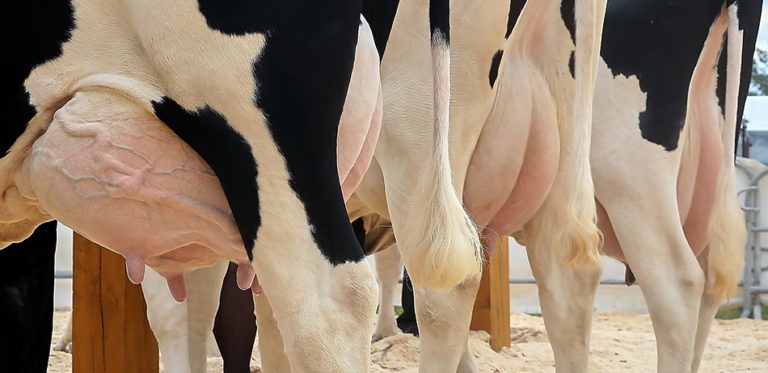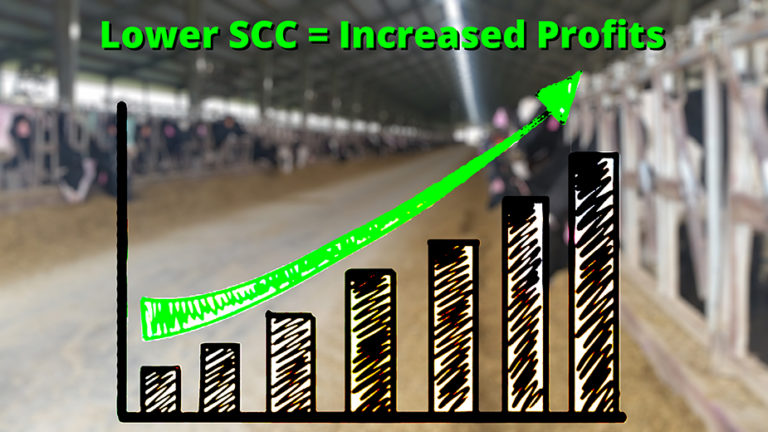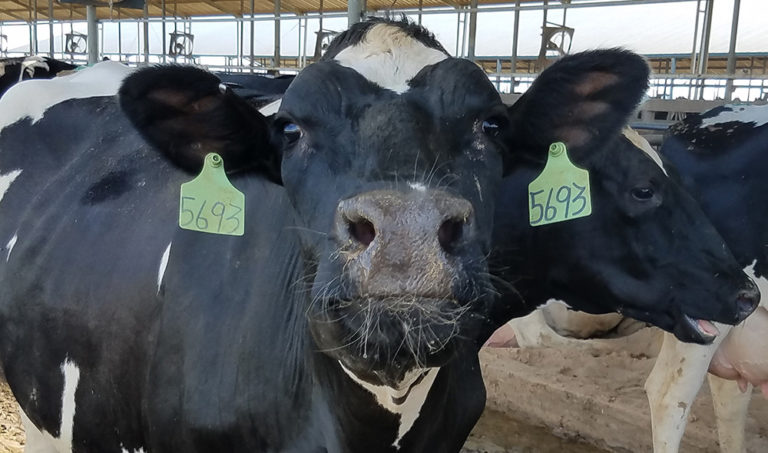Using a Peristaltic Pump for Representative Sampling—FAQs
A peristaltic pump is commonly used to collect a representative milk sample by farmers and veterinarians. There are several reasons to use QualiTru’s sampling system for collecting representative composite samples of milk. These include: In this post, I’ll go over some of our new customers’ frequently asked questions (FAQs) about using a peristaltic pump for…



